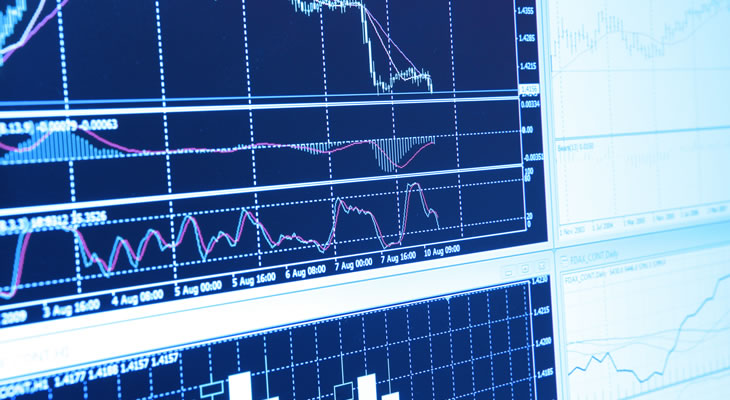Pound to Australian Dollar Exchange Rate Edges Higher as Chinese Data Disappoints
Brexit jitters and a surprisingly resilient Australian Dollar (AUD) caused the Pound Sterling to Australian Dollar (GBP/AUD) exchange rate to slip slightly last week. This week so far, the pair has seen tight trade.
Last week, GBP/AUD opened at the level of 1.7890. In the middle of the week, GBP/AUD briefly climbed to a weekly high of 1.7937, but stronger demand for the Australian Dollar later in the week knocked the pair down to 1.7822.
Since markets opened this morning, GBP/AUD has continued to trend in a tight range near the week’s opening levels as investors anticipate this week’s major UK and Australian ecostats.
Uncertainties about the Brexit process persist, as UK Prime Minister Theresa May faces fissures in her own party following a difficult week.
Sterling (GBP) has also become less appealing since US President Donald Trump indicated that a fast-track deal between the UK and US may be off the table due to May’s Brexit plan.
Pound (GBP) Exchange Rates Tight with Brexit Uncertainties
While the latest UK data has lent itself to Bank of England (BoE) interest rate hike bets, and UK Prime Minister Theresa May’s Brexit plan has been revealed to be on the softer side, the Pound (GBP) has been unable to sustain gains.
This is because other Brexit jitters persist, with the latest focus being on the strength of Theresa May’s position as leader of the Conservative Party.
Last week saw multiple high profile resignations at the top of the government, including David Davis and Boris Johnson, in protest of Theresa May’s Brexit plan.
While analysts believe May’s position is a strong one, this and fresh criticism over the Brexit plan from US President Donald Trump has made some analysts concerned that hard Brexit-supporting Conservative backbenchers may be preparing to pressure May to take a more hard Brexit stance.
Essentially, uncertainties about the direction the Brexit process will take persist and investors are hesitant to move much on the Pound until further clarity is offered.
Australian Dollar (AUD) Exchange Rates Hold Ground Despite Trade War Fears
Australian Dollar demand remained surprisingly sturdy on Monday, but was unable to continue the recovery rally it began towards the end of last week.
In the middle of last week’s trade, Australian Dollar demand was bolstered – mostly by key support levels.
Following poor performance as the US-China trade war escalated, the Australian Dollar hit its worst levels and investors opted to buy the currency back from those cheap lows.
On Monday, the Australian Dollar held its ground versus a weak Pound thanks to these support levels and a mixed reaction to the latest Chinese growth data.
While China’s quarter-on-quarter growth rate beat forecasts and came in at 1.8%, the yearly figure slowed from 6.8% to 6.7% as expected. Analysts said that the signs of slowing Chinese growth were a worrying sign for the global economy.
As China is Australia’s biggest trade partner, fears that China’s economy could slow amid the trade war worsened trade jitters and left the Australian Dollar weaker.
Pound to Australian Dollar (GBP/AUD) Forecast: Job Market and Price Pressure Data in Focus
While Brexit and trade war developments will continue to have an important influence on the Pound to Australian Dollar (GBP/AUD) exchange rate outlook, many key ecostats could influence the pair this week too.
Tuesday will see the publication of Britain’s latest job market results, including UK unemployment and wage growth stats from May.
Of particular importance will be Britain’s latest wage stats, which could have an impact on the UK price pressures outlook and Bank of England (BoE) interest rate hike bets.
Wages are forecast to have slowed excluding bonuses, but if they hold steady or rise the Pound outlook could improve. The same can be said for Britain’s June inflation rate on Wednesday, which is forecast to have slowed month-on-month.
While no Australian price pressure data will be published this week, Australia’s June job market results on Thursday could prove influential if they surprise investors.
Ultimately though, the biggest influence on the Pound to Australian Dollar (GBP/AUD) exchange rate forecast this week will be Brexit developments and any surprising trade war news.


Comments are closed.